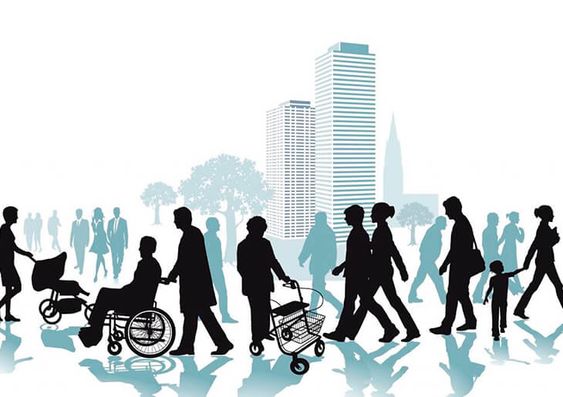BENEL D. LAGUA l May 16, 2024 l Manila Bulletin

One of the concerns confronting economic growth in our country is the logistical cost of moving or transporting within the Metropolis. Related to this issue is the ease of walking around the city. Dr. Robert Y. Siy, development economist and mobility/transport expert, recently wrote about a walkability study by Australian insurance firm, Compare-The-Market, which surveyed 53 cities worldwide. It reports that Metro Manila ranked in last place, and this should serve as a “wake up” call.
Siy writes: “If walking is difficult, uncomfortable or unsafe, it means a person may not be able to exercise his or her basic rights or meet basic needs, such as finding employment and obtaining food, health care and education. People prefer to live in places where it is easy to walk to jobs, services and market. A country that has poor walkability will be unattractive for tourism or investment.”
In a 2018 study, the Japan International Cooperation Agency said that the traffic costs the Philippines P3.5 billion in “lost opportunities” daily. Another research by insurance technology site Go Shorty showed Manila has a 43 percent congestion level with 98 hours lost to traffic annually or more than four days that Filipinos spend in traffic jams every year. Manila ranked eight worst in the world in hours spent in traffic per said study. The Boston Consulting Group in 2017 put Manila at third worst in Southeast Asia.
Traffic is already bad. But when you get out of your vehicle, public or private, and walk the routes, the situation is compounded. Dr. Robert Siy has recommended measures to make the Philippines a more walkable place. It starts with investing and spending more for active transport and accessibility, introducing mobility-friendly policies and enforcing the rules properly. It is high time authorities start to listen.
To complement this, The Economist recently reported that urban visionaries today hype up the concept of walkability, or what is called a “15-minute city”, where residents can fulfill most of their needs without driving. Cars are reported as a “nuisance” and they pollute, cause traffic jams, and take valuable time that can be used for more pleasant purposes.
The Economist cites a mega study by Rafael Prieto-Curiel and Juan Pablo Ospina to capture trends in global mobility. The survey shows where people use the most active forms of travel (trips to work), noting how the 100 least active cities are all found in North America due to decades of pro-car policies and subsidies by governments.
The survey has a table which is sorted by population size naturally showing that larger cities are less active than smaller ones. Also, richer cities are correlated with more car journeys.
Cities are mapped in a chart showing the proportion of the commuters who move by private car, by public transport, or by active travel, i.e. walking, cycling. Compared to cities in America and Canada, fewer people drive in Asia’s big cities where some of the most heavily used public transport systems are found. For example, Seoul and Hongkong are countries where most journeys use public transport. Quelimane in Mozambique and Peja in Kosovo registered most active mobility. Houston, Los Angeles, and Miami are examples of cities dominated by private cars. In the chart, Manila is placed at the chart approximately 60/70-% by car vs. 40/30% by public transport.
There are 765 cities in the list. Interestingly, Manila is ranked 416, with population during the survey of 13M, where only 11% of city population is estimated to transport to work by active mobility. Let’s compare this percentage with cities familiar to us: Beijing 53%, Tokyo 37%, Madrid 35%, Mexico 34%, Mumbai 33%, Delhi 33%, Osaka 26%, Singapore 23%, Paris 29%, and Taipei 17%. Most cities in the top 10 of active mobility are in Europe, including two each in Netherlands and Spain.
Moving in Metro Manila seamlessly and efficiently remains a big challenge. To be fair, things are improving in the hard infrastructure sphere with roads being paved and bridges built, and with Manila’s first underground metro line expected by 2029. But the infrastructure push needs a lot of support by way of actions to improve policies, laws, and regulations. We also must improve execution and enforcement.
Governments especially in the rich world today are establishing policies to encourage more people to go car-free by building pedestrian zones or enforcing congestion charges. This is part of the energizing green movement. We are not rich, but we don’t have to wait to get there before putting our act together. In fact, enhancing mobility is a step in improving the logistical movement of people, goods, and services. It can accelerate the country’s path to really getting rich.
*** (Benel Dela Paz Lagua was previously EVP and Chief Development Officer at the Development Bank of the Philippines. He is an active FINEX member and an advocate of risk-based lending for SMEs. Today, he is independent director in progressive banks and in some NGOs. The views expressed herein are his own and does not necessarily reflect the opinion of his office as well as FINEX.) Photo from Pinterest.

